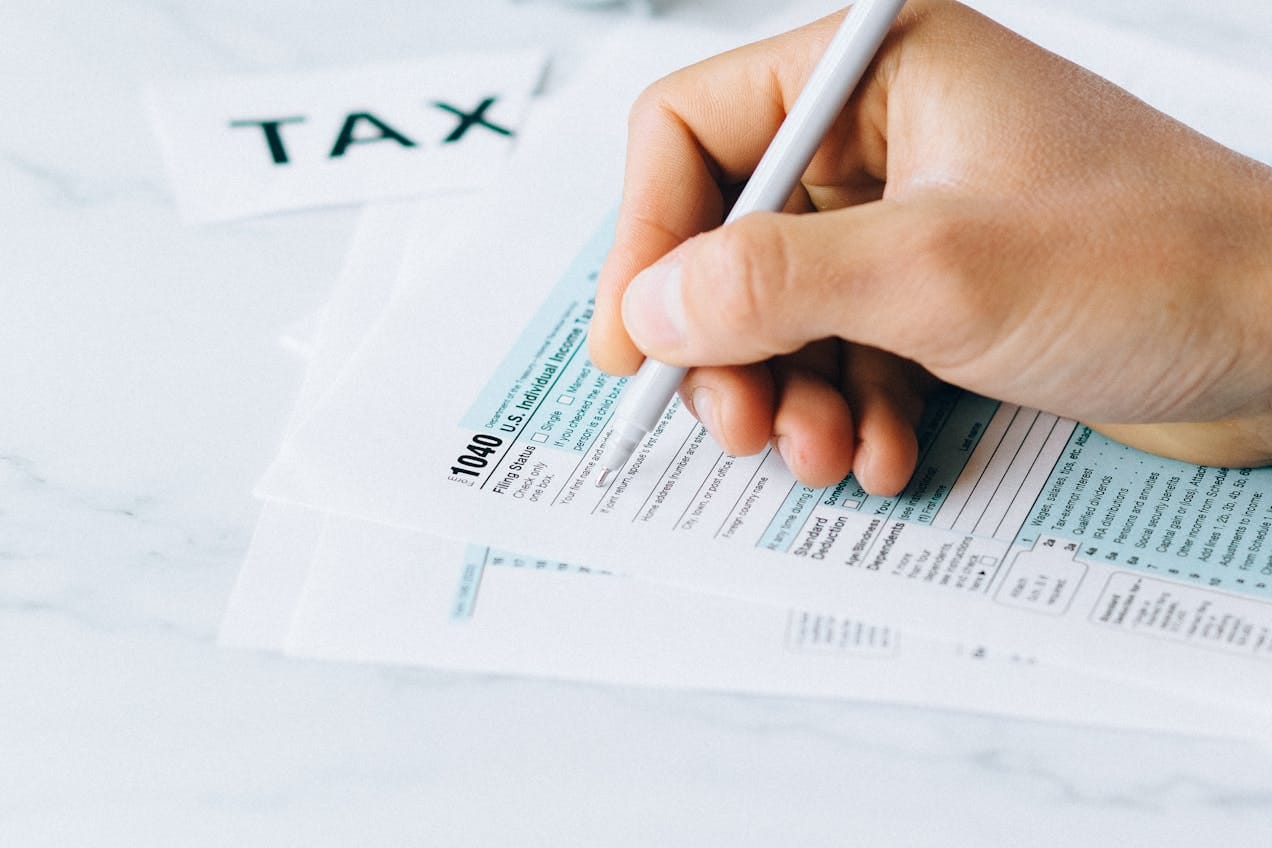
Introduction
Teachers often spend their own money on classroom supplies, professional development, and continuing education, yet many are unaware of the tax deductions and credits available to them. Whether you are a K-12 educator, college professor, tutor, or self-employed instructor, understanding IRS-approved tax benefits can help reduce your tax burden.
This guide covers the top tax deductions and credits for teachers, including classroom expense write-offs, education tax credits, and retirement savings options, while ensuring IRS compliance.
Understanding Your Tax Status as a Teacher
Teachers can fall into different tax categories, affecting how they report income and claim deductions:
- W-2 Teachers (Public & Private School Employees)
- Receive a W-2 from an employer, with taxes withheld.
- Eligible for classroom expense deductions and tax credits.
- Self-Employed Teachers (Tutors, Coaches, Online Instructors)
- Considered independent contractors under IRC § 1402.
- Must file Schedule C (Form 1040) and pay self-employment tax (15.3%).
- Eligible for business deductions (home office, internet, marketing, and supplies).
Example: School Teacher vs. Private Tutor
- Sarah (School Teacher) – Works at a public high school, receives a W-2, and can claim up to $300 in educator expenses.
- Mike (Freelance Tutor) – Works as a private SAT tutor, receives 1099-NEC forms, files Schedule C, and deducts business expenses.
Top Tax Deductions for Teachers
2.1. Educator Expense Deduction (IRC § 62)
Teachers working in K-12 public or private schools can deduct up to $300 per year ($600 for married educators) for:
- Classroom supplies (books, pencils, art materials)
- Software and educational apps
- COVID-19 protective equipment (masks, sanitizers)
2.2. Home Office Deduction (For Self-Employed Teachers, IRC § 280A)
If you teach from home, you may deduct:
- A portion of rent, utilities, and internet
- Office furniture and equipment (desk, chair, whiteboard, microphone)
Simplified Method: $5 per square foot (max 300 sq. ft., up to $1,500).
2.3. Work-Related Travel and Mileage Deduction (IRC § 274)
Teachers who travel between schools or tutor at different locations can deduct:
- $0.67 per mile for business-related driving.
- Parking, tolls, and public transportation costs.
Example:
John, a music teacher, drives 5,000 miles annually to different schools.
- 5,000 miles × $0.67 = $3,350 deduction.
2.4. Continuing Education & Certification Fees (IRC § 162 & § 25A)
Teachers can deduct costs for:
- Graduate courses for career advancement.
- Certification renewal fees and professional development workshops.
Alternative: Claim the Lifetime Learning Credit (up to $2,000 per year, Form 8863).
2.5. Teaching Materials and Professional Memberships
- Textbooks, lesson plans, and online teaching subscriptions.
- Membership fees for NEA, AFT, or subject-specific associations.
2.6. Retirement Savings Contributions (IRC § 415)
Teachers can reduce taxable income by contributing to:
- 403(b) Plans (for public school teachers) – Max contribution $23,000 (2025).
- Traditional IRA – Max deduction $7,000 (under 50), $8,000 (50+ in 2025).
- SEP IRA (for self-employed educators) – Max contribution $69,000.
How to File Taxes as a Teacher
Step 1: Track All Expenses and Income
- W-2 teachers report income from an employer.
- Independent tutors & freelance teachers must track all payments and 1099-NEC forms.
Step 2: Use the Correct Tax Forms
- W-2 Teachers: File Form 1040, claim educator expense deduction on Schedule 1.
- Self-Employed Educators: File Schedule C (Form 1040) to report business income.
- Education Tax Credits: Use Form 8863 for Lifetime Learning Credit.
Step 3: Pay Quarterly Estimated Taxes (For Self-Employed Teachers, Form 1040-ES)
Since freelance teachers don’t have taxes withheld, estimated taxes must be paid quarterly:
- April 15, 2025 – Q1 Payment
- June 15, 2025 – Q2 Payment
- September 15, 2025 – Q3 Payment
- January 15, 2026 – Q4 Payment
Step 4: Claim Eligible Tax Credits
- Lifetime Learning Credit (LLC): Up to $2,000 for tuition and education-related expenses.
- Saver’s Credit: For teachers contributing to retirement plans.
Common Tax Mistakes Teachers Should Avoid
- Forgetting to claim the full $300 classroom expense deduction.
- Not keeping receipts for work-related purchases.
- W-2 teachers claiming deductions incorrectly – Unreimbursed expenses are no longer deductible due to TCJA changes.
- Self-employed educators failing to deduct home office expenses.
Conclusion
Teachers can maximize their tax savings by taking advantage of educator deductions, tuition credits, travel expenses, and retirement contributions. Whether employed by a school or working independently, proper tax planning and record-keeping can lead to significant savings.
To develop a personalized tax-saving strategy, schedule a consultation with Anshul Goyal, CPA EA FCA for expert guidance. Book an appointment here:
About Our CPA
Anshul Goyal, CPA EA FCA is a licensed Certified Public Accountant (CPA) in the United States, an Enrolled Agent (EA) admitted to practice before the IRS, and a cross-border tax expert. He specializes in IRS compliance, tax litigation, and assisting American businesses and Indian expatriates in managing U.S. tax obligations.
Frequently Asked Questions (FAQs)
1. What tax deductions are available for teachers?
Eligible deductions include classroom supplies, travel expenses, home office costs (for tutors), and professional fees.
2. Can teachers deduct classroom supplies on their taxes?
Yes, W-2 teachers can deduct up to $300 per year ($600 for married educators).
3. Do freelance tutors and independent teachers need to file quarterly taxes?
Yes, self-employed educators must file quarterly estimated tax payments using Form 1040-ES.
4. What tax credits are available for teachers?
The Lifetime Learning Credit (LLC) provides up to $2,000 for eligible education expenses.
5. Can teachers write off mileage for work-related travel?
Yes, teachers can deduct $0.67 per mile for travel between schools, tutoring centers, or conferences.
